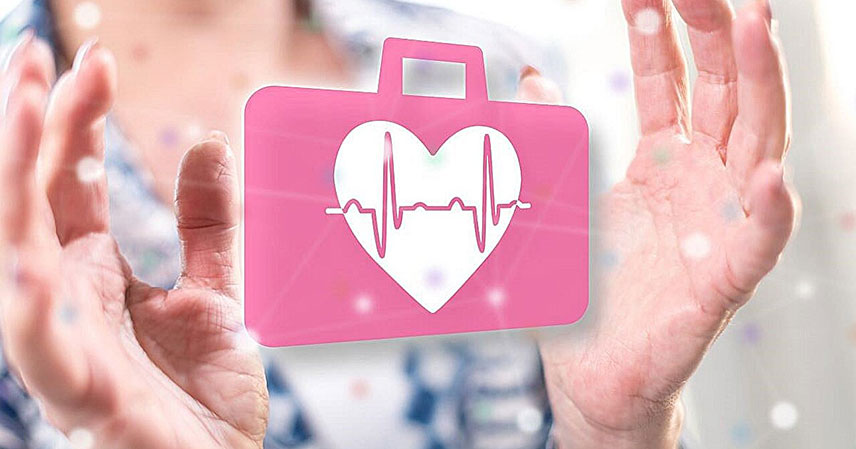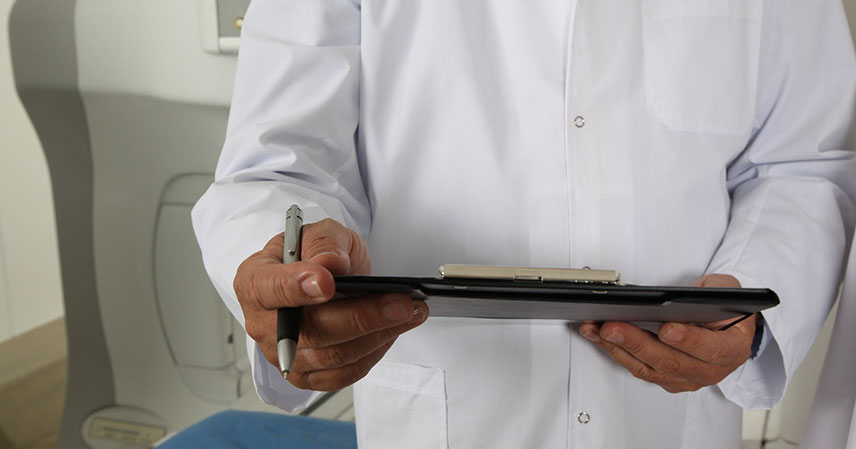Cardiac arrest remains a critical public health challenge globally. When the heart unexpectedly stops beating effectively, immediate intervention is crucial. Automated external defibrillators (AEDs) are designed to provide that vital shock. A recent study, published in JAMA Internal Medicine, sheds new light on the role of AEDs in private homes. Its findings were presented at the European Resuscitation Council Congress.
The research explored the impact of home AEDs for patients experiencing cardiac arrest with a shockable rhythm. The study concluded that these devices significantly improve patient outcomes. However, it also highlighted a significant hurdle: current AED pricing makes them not cost-effective for widespread private home use.
Understanding Cardiac Arrest and the Role of AEDs ⚡
Cardiac arrest is an abrupt loss of heart function, breathing, and consciousness. It is often caused by an electrical disturbance in the heart. This disturbance prevents the heart from pumping blood to the brain and other organs. Unlike a heart attack, which is a circulation problem, cardiac arrest is an electrical problem.
Survival rates drastically decrease with every minute that passes without intervention. Early defibrillation is paramount. An AED delivers an electrical shock to the heart. This shock can reset the heart’s electrical activity. It aims to restore a normal heart rhythm. Public access AEDs are now common in many places. They are found in airports, gyms, and shopping centers. This widespread availability has proven life-saving.
The concept of placing AEDs in private residences for high-risk individuals is gaining attention. This approach seeks to reduce the time to defibrillation even further. It aims to bridge the gap before emergency services arrive. The goal is to maximize the chances of survival and improve neurological outcomes.
The Study’s Findings: Improved Outcomes, But Not Cost-Effective 🏡
The study specifically focused on individuals who experienced cardiac arrest with a shockable rhythm. This rhythm is one where an electrical shock from an AED can be effective. Researchers observed a clear benefit. Patients with an AED readily available in their home showed improved survival rates. They also demonstrated better neurological function post-resuscitation. These are incredibly important clinical outcomes.
Despite these clear clinical advantages, the study revealed a complex economic reality. At their current market price, AEDs are not considered cost-effective for general placement in private homes. Cost-effectiveness analyses weigh the health benefits against the financial outlay. They often consider factors like quality-adjusted life years (QALYs). The initial purchase cost of an AED is a significant factor. Maintenance, battery replacement, and pad expiration also add to the expense. Furthermore, the relatively low incidence of cardiac arrest in any single private home dilutes the device’s cost-effectiveness over time. This creates a challenging paradox for public health policy.
Navigating the Cost-Effectiveness Conundrum 💸
The core dilemma lies in reconciling life-saving potential with economic viability. How can we make this critical technology more accessible? One immediate consideration is the price of the devices themselves. Increased production or technological advancements could lead to lower costs. Government subsidies or insurance coverage might also play a role. These measures could help reduce the financial burden on individual households.
Another approach involves strategic placement rather than universal home distribution. Focusing on community-based programs could be more efficient. Shared AEDs within apartment complexes or neighborhoods might be viable. Targeting homes with very high-risk individuals could also be considered. This would involve patients with specific cardiac conditions. Such targeted deployment could improve the cost-benefit ratio. It would ensure that devices are placed where they are most likely to be used. The value of a human life is immeasurable. However, health systems must still operate within budgetary constraints. This makes the cost-effectiveness debate crucial.
Key Insights for Public Health and Policy 💡
- Early Defibrillation Saves Lives: The study unequivocally supports the significant survival and neurological benefits of early AED use in cardiac arrest with a shockable rhythm.
- Cost as a Barrier: Despite clinical efficacy, the current pricing of AEDs presents a substantial barrier to their widespread, cost-effective adoption in private homes. This impacts broad public health strategies.
- Strategic Deployment is Key: Future efforts should focus on innovative models for AED distribution. This includes community programs, targeted placement for high-risk individuals, and exploring options for reducing device costs.
- Ongoing Research is Essential: Continued research is vital to refine cost-effectiveness models. It can also identify optimal strategies for making this life-saving technology more accessible to those who need it most.
The findings from this important study provide valuable insights. They underscore the immense potential of home AEDs to improve outcomes for cardiac arrest patients. However, they also highlight a complex economic challenge. Balancing the undeniable life-saving benefits with the practicalities of cost-effectiveness is a delicate act. It requires careful consideration from policymakers, healthcare providers, and device manufacturers. The ultimate goal remains clear: to maximize survival from cardiac arrest. This necessitates continued innovation in both technology and public health strategy.
Source: AEDs in houses improve outcomes for cardiac arrest with shockable rhythm



